Deck & Commander Strategies
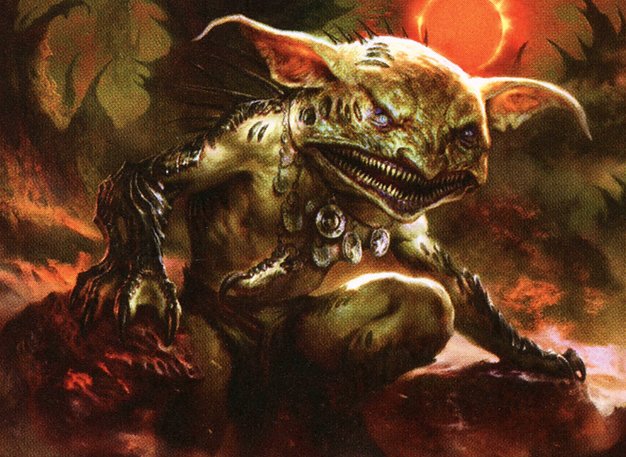
Krark, the Thumbless
Leverages explosive spellcasting and chaos effects to generate card advantage and disrupt opponents, aiming to combo off with artifact synergies and spell triggers.
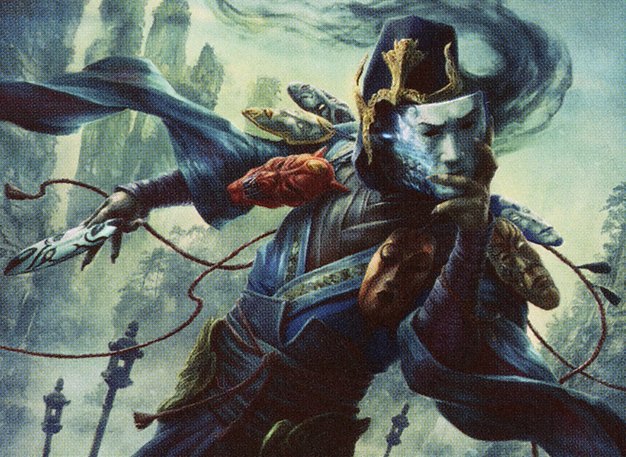
Sakashima of a Thousand Faces
Utilizes copying key creatures or spells to create incremental advantage and control the board, often focusing on combos or value engine synergies.


Thrasios, Triton Hero & Tymna the Weaver
A balanced partner combo deck that excels in card draw, efficient removal, and incremental advantage through life loss and gain, aiming to set up a combo or win through attrition.

Silas Renn, Seeker Adept
Focused on artifact recursion and disruption, Silas Renn aims to recycle powerful artifacts to maintain board presence and pressure opponents continuously.

The Master of Keys
Controls the game by recurring artifacts and creating painful resource denial effects, leveraging graveyard interactions and artifact synergies to outvalue opponents.
Gameplay Insights
- 1
Early use of Hedron Crab with fetchlands generated steady mill pressure while maintaining tempo.
- 2
The Master of Keys player balanced artifact recursion with disruption to control the board and limit opponents' options.
- 3
Negotiations around countering key plays such as The One Ring highlighted the importance of timing and political play in cEDH.
- 4
Players carefully managed life totals and card draw triggers to maintain advantage while setting up potential combos.
- 5
Utilizing tutors like Vampiric and Enlightened Tutor early accelerated the assembly of critical pieces for combos or control elements.
- 6
The interplay between spell triggers, artifact recursion, and graveyard interaction created a complex board state requiring precise sequencing.
Notable Cards
-

Hedron Crab
-

Voice of Victory
-

The One Ring
-
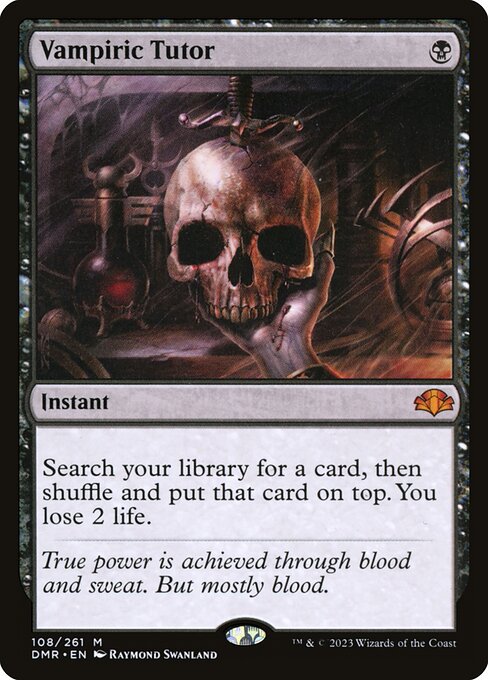
Vampiric Tutor
-
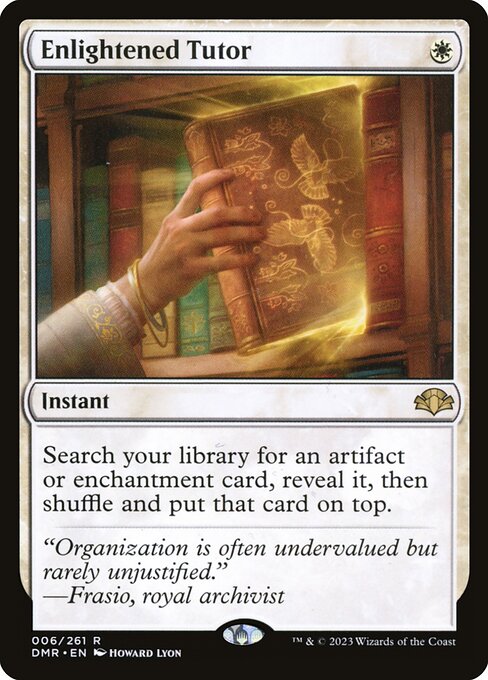
Enlightened Tutor
-

Dark Ritual
-
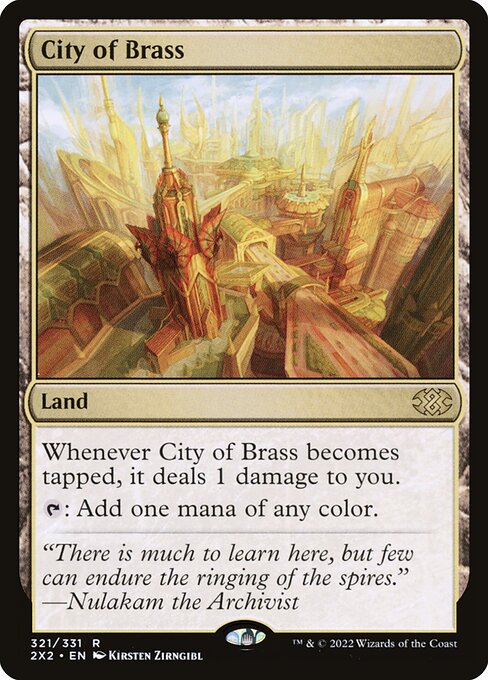
City of Brass
Gameplay Summary
The game started with players establishing their mana bases and deploying early value cards such as Hedron Crab for mill and various mana rocks.
Early turns featured cautious development and resource management, with players cracking fetchlands and setting up their graveyard interactions.
One significant early play was casting Soul Ring, which accelerated mana and enabled more powerful spells quickly.
Voice of Victory on curve created pressure, and players began to jockey for advantage through card draw and tutor effects like Vampiric Tutor and Enlightened Tutor.
The use of artifact recursion and disruption by The Master of Keys player contributed to a tense board state. Midgame saw intense negotiation and bluffing, revolving around key spells like Mystic Study and interactions with powerful enchantments like The One Ring.
Players debated countering crucial plays, knowing that removing certain opponents early was vital to prevent their imminent win attempts.
The game featured multiple triggers and interactions involving drawing extra cards, casting spells from the graveyard, and managing life totals carefully.
The game’s pace picked up with players threatening to combo off, forcing others to respond with removal or counterspells.
The gameplay highlighted the delicate balance of tempo, card advantage, and political maneuvering in cEDH, with the win condition revolving around assembling combos or overwhelming opponents through efficient spells and recursion.
![Stuck Between a Mogg Salvage and a Hard Place Ft. @BasedBreadCEDH [cEDH Gameplay] thumbnail](https://i.ytimg.com/vi/Y-zpQMbo97o/maxresdefault.jpg)










![Krarkpocalypse [cEDH Gameplay] KRARKASHIMA v DEREVI v KINNAN v TYMNA|HALANA thumbnail](https://i.ytimg.com/vi/tCrodcIVMuY/sddefault.jpg)
![Wait, what does Teferi do again? [S3G2] cEDH Gameplay TALION v ROG/THRAS v ATRAXA v KRARK/SAKASHIMA thumbnail](https://i.ytimg.com/vi/AXm1LSoga-M/sddefault.jpg)
![A real THORN in my side [S2G12] cEDH Gameplay - KINNAN v WINOTA v KRARK/SILAS v ROG/THRAS thumbnail](https://i.ytimg.com/vi/uequfW-mbI4/sddefault.jpg)
![A truly TAINTED PACT! [S2G8] cEDH Gameplay thumbnail](https://i.ytimg.com/vi/XqQ201ziGsc/sddefault.jpg)
![Table tries to thwart the Thrasios threat [S2G5] ROG|THRAS v WINOTA v KRARK|SAKASHIMA v FIRST SLIVER thumbnail](https://i.ytimg.com/vi/m4KJ4kk9SOg/sddefault.jpg)
![GAMBLE: The House Always Wins [S2G3] KRARKASHIMA v FIRST SLIVER v KINNAN v YOSHI|THRASIOS thumbnail](https://i.ytimg.com/vi/ktjpAn7zbKI/sddefault.jpg)
![Necropotence v One Ring: who needs life? [S2G2] TIVIT v NAJEELA v ROG/SI v KRARKASHIMA thumbnail](https://i.ytimg.com/vi/AbWVe3oZO5Q/sddefault.jpg)


![Slicer 2: Transformer Boogaloo [S2G1] SLICER v KINNAN v KRARK|SILAS v ROG|THRASIOS thumbnail](https://i.ytimg.com/vi/84r5ltrrRy8/sddefault.jpg)
![Can the THINGS Defeat Multiple Tournament Champ Zeke from @TheFamilyJewelzMTG? [cEDH Gameplay] thumbnail](https://i.ytimg.com/vi/WywaZq5ORV4/sddefault.jpg)














